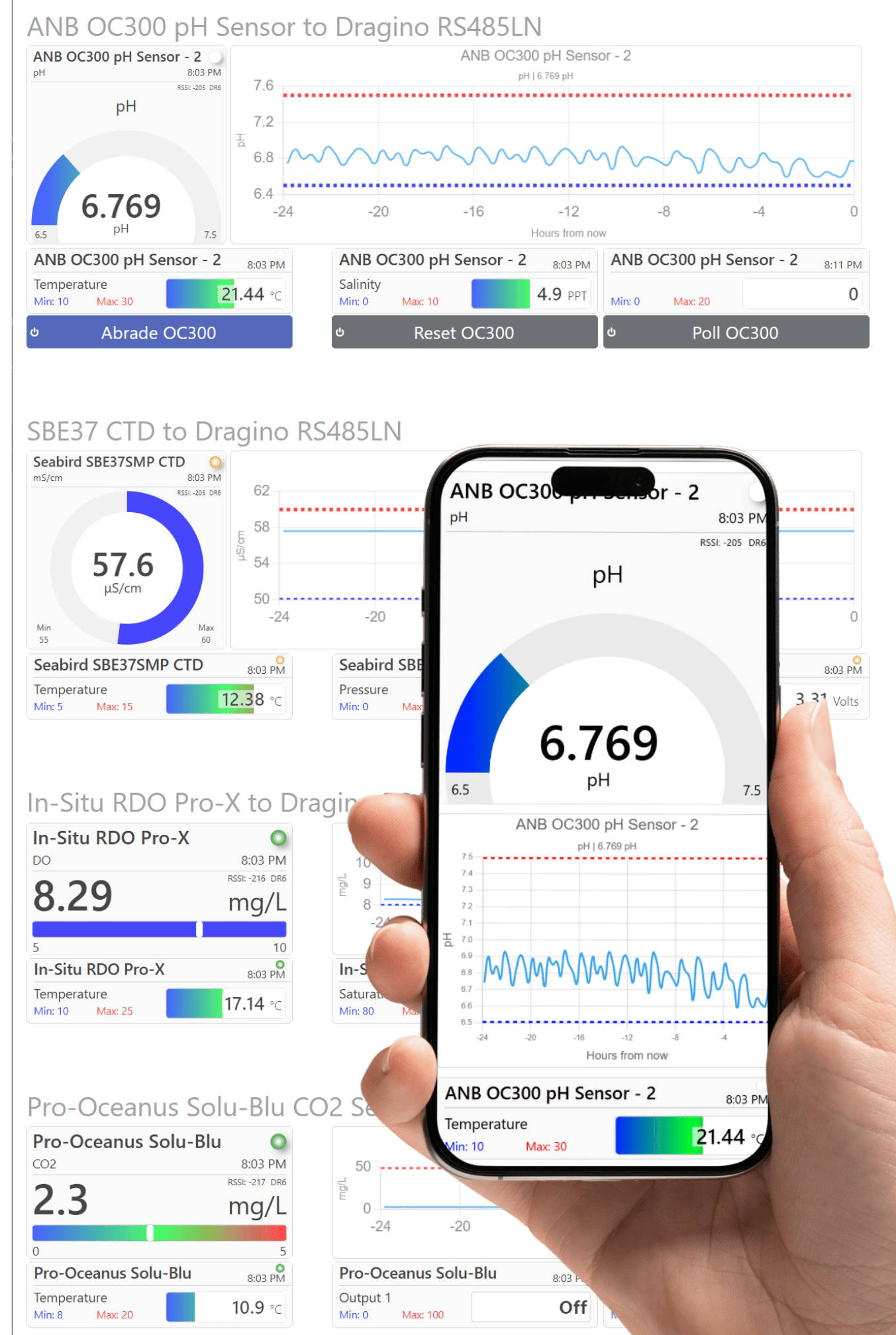Real-Time Aquaculture Water Quality Monitoring with LoRaWAN & NB-IoT
Telemetry2U seamlessly integrates In-Situ's water quality sondes with our IoT cloud platform using both LoRaWAN and NB-IoT networks. This integration empowers aquaculture professionals to monitor critical water parameters in real-time, ensuring optimal conditions for sustainable aquaculture practices.
Aquaculture Monitoring with Real-Time Data
Maintaining optimal water quality is essential for the health and productivity of aquatic species in any aquaculture setup. Real-time monitoring ensures that conditions remain ideal, helping to prevent stress, disease, and reduced growth.
Dissolved oxygen supports respiration, while temperature regulation is critical as even small fluctuations can cause health issues. pH levels influence metabolism, nutrient uptake, and immunity. Excess ammonia or nitrates can be toxic and must be carefully managed. If you're here, you likely understand just how vital these parameters are to aquaculture success.
Now there’s a cost-effective and scalable solution. Telemetry2U enables real-time water quality monitoring by integrating In-Situ's multiparameter water quality sondes with our powerful IoT platform. You can access your data anytime, from any internet-connected device.
Telemetry2U offers flexible connectivity options to suit your environment.
Start Monitoring Your Water Quality with Telemetry2U
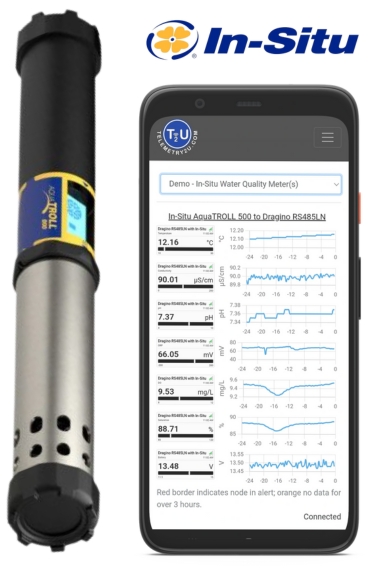
Reliable LoRaWAN and NB-IoT Connectivity for Aquaculture

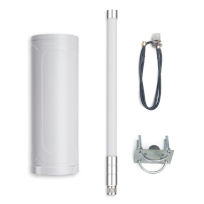
LoRaWAN offers a powerful solution for aquaculture by overcoming the limitations of traditional wireless technologies. A single LoRaWAN IoT gateway from Telemetry2U can collect data from hundreds of water quality sensors across a range of up to 10 km (line-of-sight), using long-range RF. Only the gateway requires an internet connection via Wi-Fi, Ethernet, or 4G, simplifying infrastructure and improving reliability.

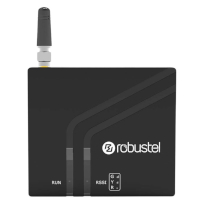
NB-IoT is designed for ultra-low-power wide-area communication. It provides strong coverage in remote areas, extends device battery life by using narrow bandwidths, and is well-suited to applications such as smart metering and remote asset tracking. Integrated with existing 4G/5G networks, NB-IoT delivers secure and scalable connectivity at low operational cost—ideal for large-scale aquaculture deployments.
In-Situ Water Quality Sondes for Aquaculture Monitoring
In-Situ's multi-parameter water quality sondes are a powerful choice for aquaculture, designed for both real-time checks and long-term deployment. These rugged titanium instruments are corrosion-resistant, feature automatic antifouling wipers, and include an intuitive LCD display. They are fully compatible with the Telemetry2U platform and support smartphone interaction for easy field use. Their modular design, with swappable probes and advanced communication tools, reduces costs and simplifies aquaculture water quality management.
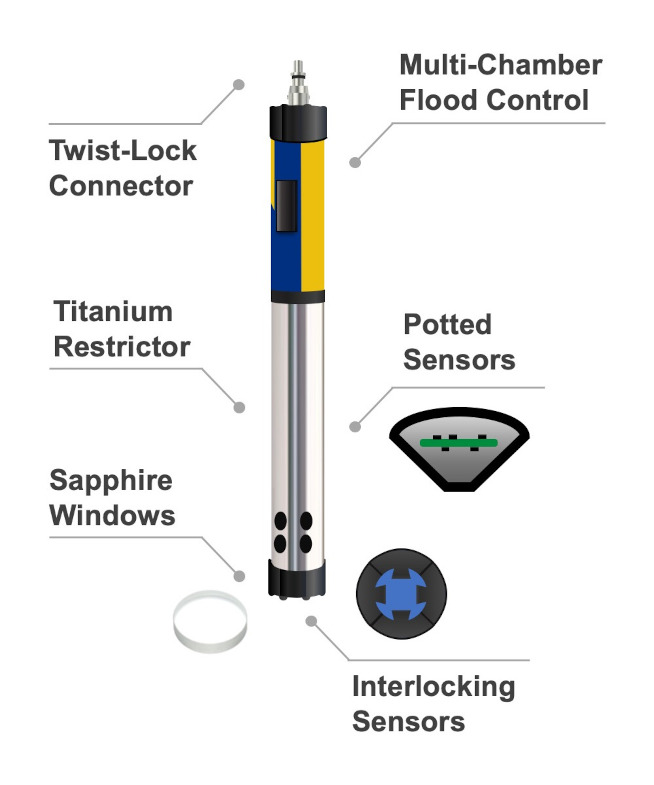
Available Sensor Options for Water Quality Monitoring
- Temperature
- Pressure
- Conductivity (Actual and Specific)
- Salinity
- Total Dissolved Solids (TDS)
- Water Density
- Barometric Pressure
- pH and ORP
- Dissolved Oxygen
- Oxygen Saturation
- Oxygen Partial Pressure
- Chloride (Cl)
- Total Suspended Solids
- Rhodamine WT Concentration
- Rhodamine WT Fluorescence Intensity
- Nitrate as Nitrogen (NO3-N)
- Ammonium as Nitrogen (NH4+-N)
- Ammonia as Nitrogen (NH3-N)
- Chlorophyll-a Concentration
- Chlorophyll-a Fluorescence Intensity
- Blue-Green Algae (Phycocyanin) Concentration
- Blue-Green Algae (Phycocyanin) Fluorescence Intensity
- Blue-Green Algae (Phycoerythrin) Concentration
- Blue-Green Algae (Phycoerythrin) Fluorescence Intensity
- Fluorescein WT Concentration
- Fluorescein WT Fluorescence Intensity
- Fluorescent Dissolved Organic Matter (FDOM) Concentration
- FDOM Fluorescence Intensity
- Crude Oil Concentration
- Crude Oil Fluorescence Intensity
- Colored Dissolved Organic Matter Concentration
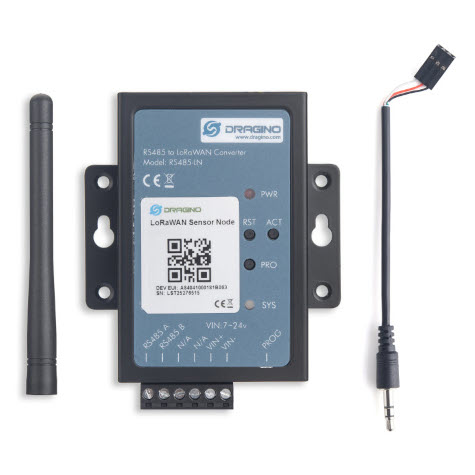
Plug-and-Play LoRaWAN Integration with RS485 and Telemetry2U
In-Situ’s sondes support RS485 MODBUS RTU output, which integrates directly with the Dragino RS485LN LoRaWAN transceiver. This device transmits data to the Telemetry2U platform over the LoRaWAN network and operates in Class-C mode, meaning it’s always listening for downlink commands.
Telemetry2U supplies the RS485LN pre-configured and ready to go—no need for complex programming or setup. Just connect it to your In-Situ sonde and you’re up and running.
We offer ready-made payload decoders for common sensor configurations, and we can create custom decoders on request. You can also build your own using our easy-to-follow guide on the custom devices page.
Our goal is to make your aquaculture monitoring setup as simple and seamless as possible.
Standalone Solar-Powered Water Quality Monitoring
The Telemetry2U Solar Sensor Interface Kit provides a reliable and fully autonomous power supply for remote water quality monitoring. Designed for use with LoRaWAN, NB-IoT, and LTE sensors, it’s ideal for outdoor installations where power access is limited. The kit is available in both 12–24V DC and standalone solar-powered configurations.
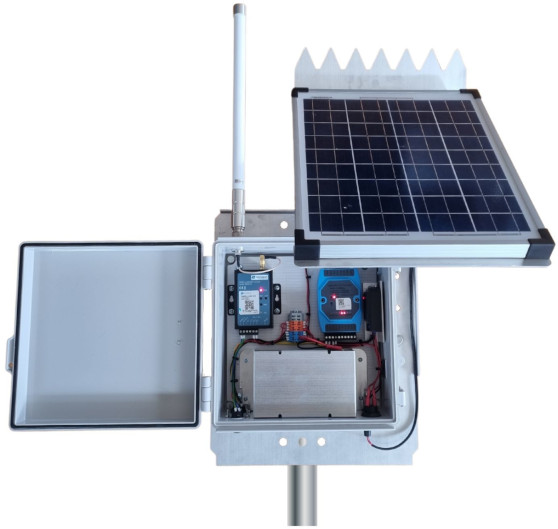
Key Features of the Solar Interface Kit
- 20W solar panel with IP67 connector and bird guard
- Adjustable panel angle with two secure clamping bolts
- Online calculator for optimal solar positioning
- UV-stabilised ABS enclosure (280×280×130mm) with IP67 rating
- Hinged lid with latches for easy access
- Internal ABS mounting plate for optional hardware
- 12V 7Ah SLA battery with bracket and inline 3A fuse
- 3A solar charge controller mounted externally
- Full protection against overcharge, discharge, short circuit, and overcurrent
- IP67-rated push-button and venting plug for safety
- Wago terminal block with self-forming screws
- Recharges fully in ~4.16 hours of sunlight
- Provides ~9.7 days of operation with no sun at 30mA draw (Class-C LoRaWAN)
Real-Time Monitoring for Aquaculture Sensors
Explore our live example dashboards to see how Telemetry2U visualises real-time and historical data. View telemetry from an In-Situ AquaTROLL 500 multi-parameter sonde and a selection of oceanographic water quality sensors. See first-hand how our platform improves efficiency and resource management in aquaculture operations.
Water Quality Sensor Dashboard
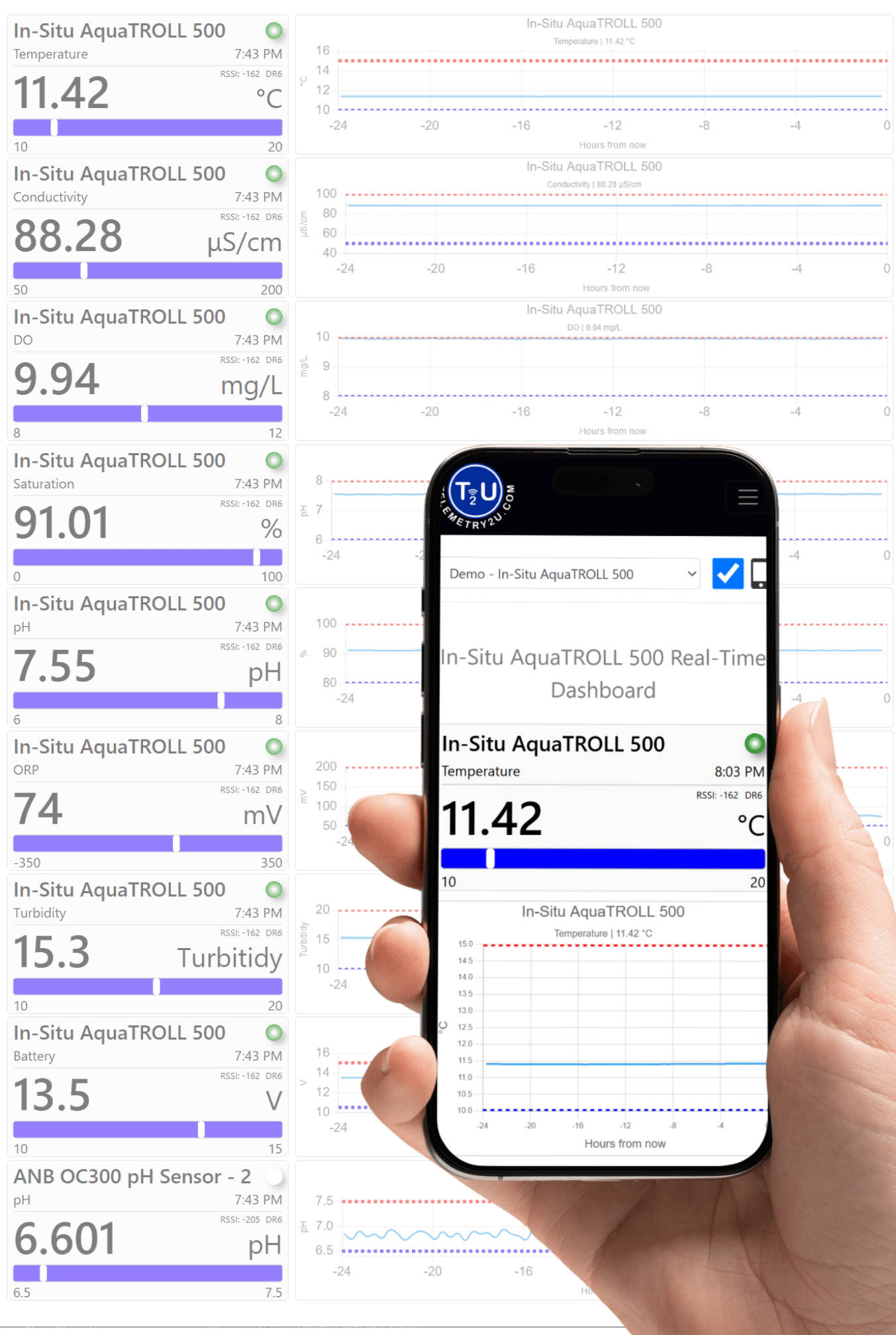
Ocenaography Sensor Dashboard
